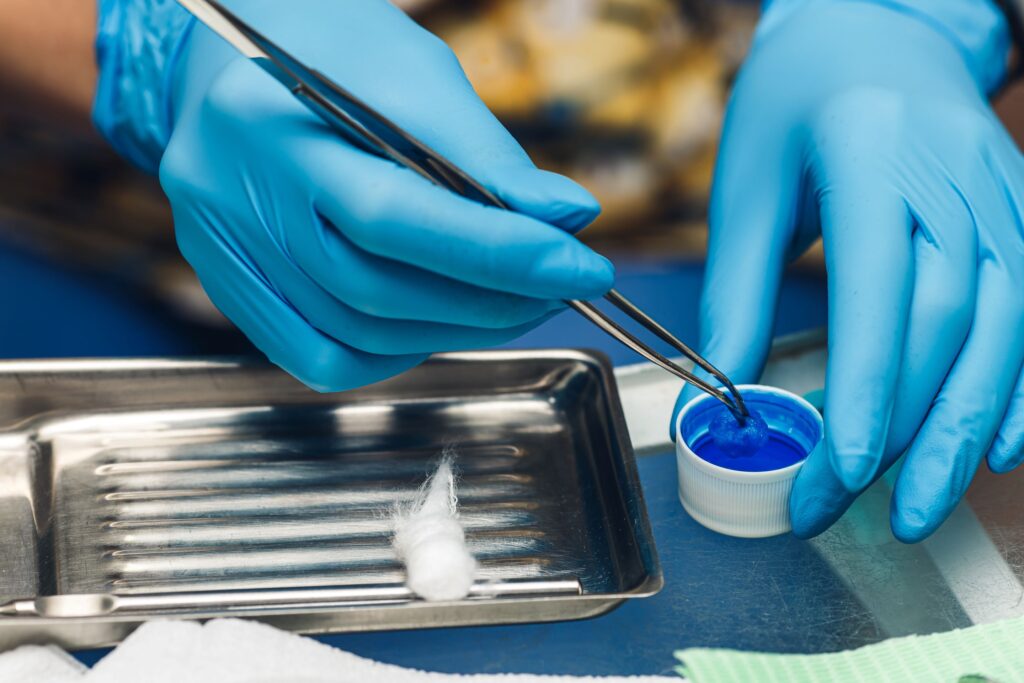
Has your dentist ever applied fluoride to your teeth during a checkup or cleaning? This topical treatment can help remineralize your enamel, which boosts your smile’s ability to resist cavities and injuries. Some cities even include this essential ingredient in public sources of water to improve the population’s dental health.
But have you ever wondered why or how fluoride came to be included as a standard part of dental checkups, or if it’s safe to be added to drinking water? Continue reading to learn more about the fascinating history of fluoride and the discovery of its dental benefits!
How Was Fluoride Discovered?
Would you be surprised to learn that people accidentally realized that fluoride can be beneficial to oral health? In the early 1900s, a dentist named Frederick McCay invited a dental researcher, Dr. G.V. Black, to Colorado Springs, Colorado to help the locals with a strange dental problem they were having. Nearly 90% of the children native to the area had brown mottling in their enamel.
Although the blemishes were unsightly, they didn’t seem to be causing harm. Instead, those who had this problem were less likely to have cavities. The reason was initially unknown, but Dr. McCay and Dr. Black tied the condition to the use of a communal water pipeline to a warm spring a few miles away.
In 1923 and shortly thereafter, the same dilemma was discovered in other cities, like Oakley, Idaho and Bauxite, Arkansas, the latter of which was owned by a plant called the Aluminum Company of America. Their chief chemist, H.V. Churchill, realized that the local water source had high levels of fluoride.
Dr. McCay tested the finding for accuracy and agreed that the high mineral content in the water was darkening people’s teeth, but preventing decay.
When & Why Was Fluoride Added to Drinking Water?
Once the National Institute of Health (NIH) learned of this research, they completed their own investigations into water-borne fluoride and its effect on human teeth. This led to the development of a new scale to measure its levels in water. They realized that levels up to 1.0 ppm (parts per million) wouldn’t cause the fluorosis that had been seen in some communities.
As a result, in 1945, Grand Rapids, Michigan, voted to add safe levels of fluoride to its drinking water to enjoy the anti-cavity benefits without causing discoloration. The 15-year study was intended to be the first of its kind, and after just 11 years, it was announced that the cavity rate among children in the area had dropped 60%.
What is the Impact of Fluoride in Drinking Water?
Today, the Center for Disease Control lists water fluoridation as one of the ten most important public health advances of the 20th century. Not only is it included in many sources of drinking water, but it’s also in many dental products intended to prevent tooth decay, like toothpastes and rinses.
It can also be applied to your teeth as a gel or other topical treatment to prevent thinning enamel and safeguard your smile!
About the Practice
Patients at Kraft & Schrott Dental Associates benefit from two dentists who are passionate about helping people of all ages build happy, healthy smiles. Dr. Sharon Schrott and Dr. Alfred Kraft each have more than 20 years of experience providing a comprehensive menu of services to meet even the most unique needs. Whether you need basic preventive services or more complex procedures, they are happy to help. Their caring approach is combined with advanced technology for comfortable, accurate, and long-lasting results. You can request an appointment on the website or by calling (617) 227-4924.

